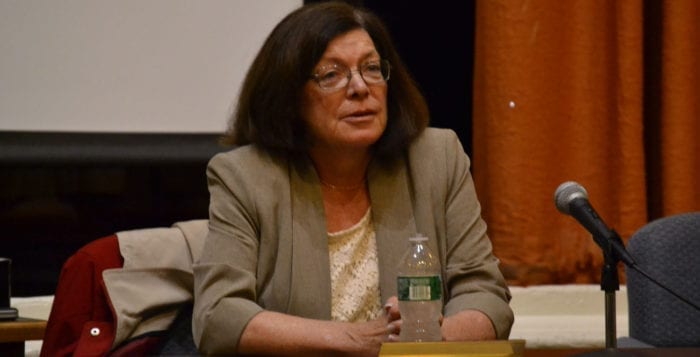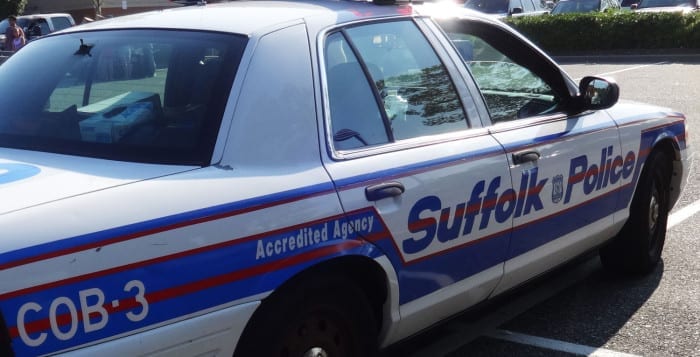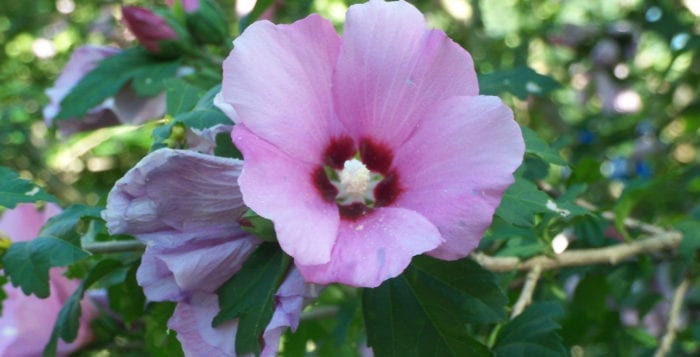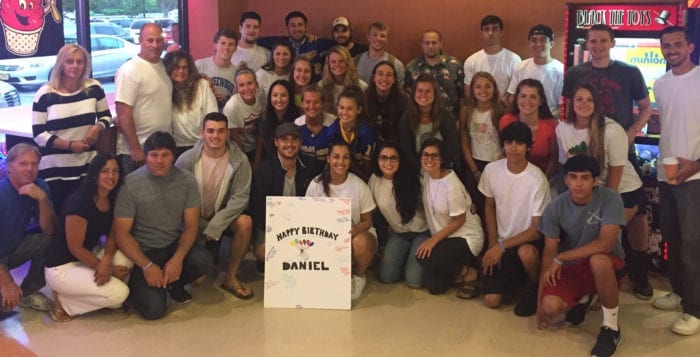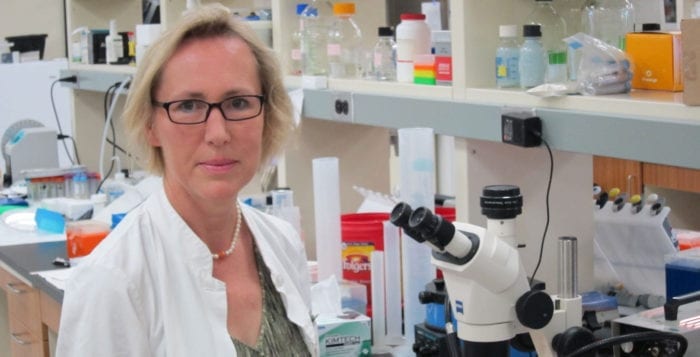By Fr. Francis Pizzarelli
It’s hard to believe that another school year has ended and the high school class of 2016 is in the midst of moving on. This class, like all classes before them, has made a powerful impact upon all of our communities. There are a record number of seniors going off to Ivy League colleges on scholarships. There are an exceptional number of young people going off to the service academies and enlisting in the military.
This year’s high school seniors have made their mark scholastically as well as athletically. An impressive number of sports teams have made it to the states with significant numbers bringing state titles home to their high schools in our local communities.
However, what is most impressive about the Class of 2016 is how many seniors, in addition to all their school activities, are involved in community service. Yes, many school districts have a mandatory requirement, but many don’t. More significant is the number of students who complete their obligatory number of hours and continue to give of themselves without expecting anything in return and the countless number of seniors who give of themselves with no compelling obligation.
This past year there have been so many different campaigns to help the sick, the poor and the terrorized, not to mention the various specialized needs of people who have suffered terrible tragedies due to hate, violence and terror. So many of our seniors from the Class of 2016 gave from their hearts.
It is a commitment to community service in the spirit of inclusiveness that is refreshing, especially since we live in a world that seems more grounded in narcissism and self-centeredness, rather than thinking about others first, especially those in need.
Seniors, as you continue your journey, do not let the social filters of our time enable bigotry, exclusivity and social injustice. Showing compassion and understanding rooted in justice is more significant than a science formula. These are difficult lessons to learn because they demand that you risk all that you are now for what you could become tomorrow.
Teach love to those who know hate and let that love embrace you as you continue in the world.
Look around you! We are living in a very challenging world. A new revolution is afoot. Your generation is moving away from the indifference and complacency of yesterday and moving toward a new idealism of freedom and responsibility. Despite the recent act of terrorism and hate in Orlando, Florida, where 50 innocent young people were gunned down because of hate, it still gives me hope that tomorrow can and will be better.
As you graduate from high school, keep these simple thoughts in mind: May you discover enough goodness in others to believe in a world of peace and to work for peace grounded in justice.
May a kind word, a reassuring touch and a warm smile be yours every day of your life. Remember the sunshine when the storm seems unending. Teach love to those who know hate and let that love embrace you as you continue in the world.
May the teachings of those you admire become a part of you so that you may call upon them. It is the content and quality of who you are that is important, not merely the actions you take.
Don’t judge a book by its cover, or stop at the introduction. Read it through, seek the meaning and messages it offers for life, for everyone’s life is sacred, and even those who are different from you or whom you do not like.
Be more inclusive than exclusive. Don’t be blinded by those who tend to use shame, blame and guilt to shackle people down and divide them. Set people free with your respect and nonjudgmental way.
May your moral compass be grounded in respect for all human beings, no matter what their color, their race, their creed or their sexual orientation. May this compass guide you on a path that is committed to working for peace and social justice. As Gandhi once said, “Be the change you hope for in the world.”
Congratulations graduates of the Class of 2016. Thanks for making the world a little richer, a little brighter and a better place to be!
Fr. Pizzarelli, SMM, LCSW-R, ACSW, DCSW, is the director of Hope House Ministries in Port Jefferson.



